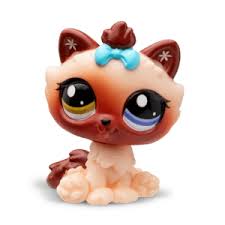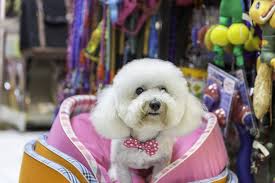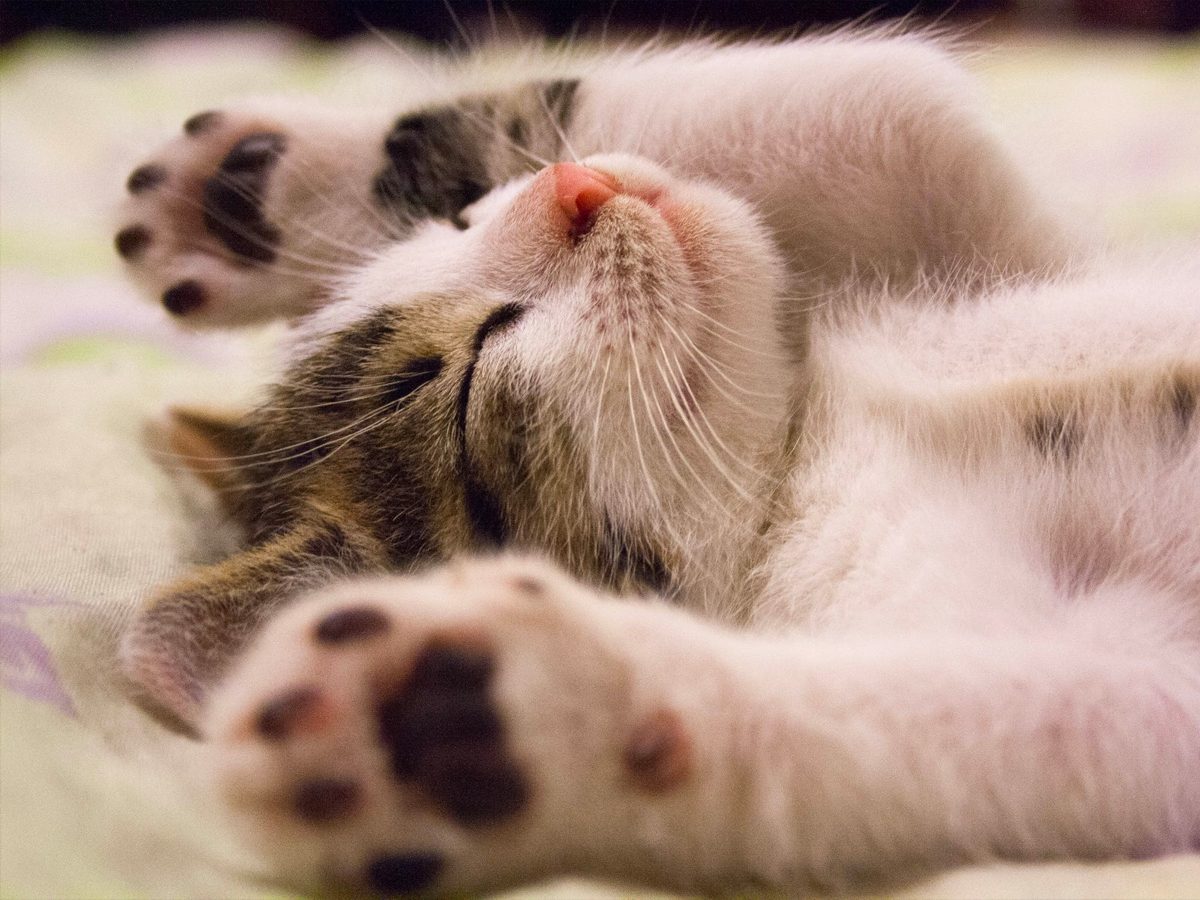Introduction
Littlest Pet Shop, In the world of toys, few brands have achieved the lasting impact and widespread appeal of Littlest Pet Shop (LPS). Launched in the 1990s by Kenner, and later acquired by Hasbro, this toy line has captured the hearts of children across the globe. With its unique miniature pets, playsets, and imaginative storytelling potential, Littlest Pet Shop has continued to evolve and stay relevant for decades. But what exactly has made this small-scale toy series so popular, and why does it remain a beloved part of childhood?
The Origins and Evolution of Littlest Pet Shop
Littlest Pet Shop debuted in 1992 and quickly became a hit among young collectors. The original sets featured realistic, movable pets, including dogs, cats, birds, and other animals, along with miniature accessories and environments. These first iterations of LPS toys catered to children’s natural love for animals and offered a wide range of play possibilities, encouraging creativity and storytelling.
Hasbro, after acquiring the brand in 1995, gave the line a fresh, new look in the 2000s. The revamped versions of Littlest Pet Shop pets were more stylized, with larger heads, bigger eyes, and brighter colors, appealing to a younger, more diverse audience. Alongside the new designs, Hasbro introduced animated TV shows, apps, and video games, extending the franchise beyond toys and into the digital space. These innovations allowed children to interact with their favorite pets in multiple ways, which was key to the line’s continued success.
The Appeal of Collectibility
One of the core reasons for the sustained popularity of Littlest Pet Shop is the thrill of collecting. With over 3,000 different pets created, children (and even adult collectors) are drawn to the variety, rarity, and exclusivity of certain figures. Some LPS toys are only available through special editions or limited-time releases, creating a sense of excitement around finding or owning them.
The small size of the toys makes them easy to collect and display, and each pet has its own personality, design, and background, which adds to the richness of the collecting experience. Trading and swapping pets with friends became a social activity for many kids, further enhancing the community aspect of the brand.
Expanding the LPS Universe: TV Shows and Digital Media
As part of Hasbro’s rebranding efforts, Littlest Pet Shop made a splash in the world of entertainment with multiple animated TV series. The first series, Littlest Pet Shop (2012-2016), followed a girl named Blythe and her ability to communicate with the animals at the Littlest Pet Shop store. This series added depth to the characters and enriched the franchise’s storytelling.
The digital age also saw the introduction of Littlest Pet Shop apps and web games, where children could virtually care for and play with their pets. These platforms extended the reach of the brand, making it accessible in new and exciting ways. The apps allowed players to nurture their pets, dress them up, and create homes for them, tapping into the desire for personalization and creativity that many children crave.
The Impact of Littlest Pet Shop on Imaginative Play
At its core, Littlest Pet Shop encourages imaginative play. The tiny pets, accessories, and playsets are the perfect vehicles for storytelling, allowing children to create entire worlds and scenarios for their pets. Whether they’re running a pet salon, organizing a pet fashion show, or building a miniature zoo, kids can immerse themselves in their own stories, fostering cognitive development and creativity.
The diverse range of animals also helps children learn about different species and the responsibility of caring for pets. Through play, many children develop an emotional connection with their toys, treating them as companions and learning empathy along the way.
The Resurgence of Nostalgia
In recent years, Littlest Pet Shop has experienced a resurgence in popularity, thanks in part to nostalgia. Adults who grew up playing with LPS toys in the 1990s and early 2000s are revisiting the brand, collecting vintage sets, and sharing the joy of Littlest Pet Shop with their own children. Social media platforms such as Instagram, TikTok, and YouTube have contributed to this revival, with users showcasing their collections, creating fan art, and sharing custom-made LPS figures. The online community has breathed new life into the franchise, proving that Littlest Pet Shop is more than just a passing childhood fad.
Conclusion
Littlest Pet Shop has transcended generations as a beloved toy line that offers more than just cute, collectible figures. It has become a medium for imaginative play, a source of nostalgia, and a community-building experience. With its ability to adapt to modern trends and embrace new media, Littlest Pet Shop remains a staple in the toy industry, continuing to inspire creativity and joy in children and collectors alike.
You Might Also Like These:
Post Categories
Popular Post
The Enduring Popularity of Littlest
Finding the Perfect Pet Shop
The Growing Popularity of Pet
Archives
Email for newsletter
At PL SHOP, we’re here to help you find the perfect pet for your family. Your new furry friend will bring you endless love and joy. Let us assist you in discovering the companion that fits your lifestyle!
Contact Us
- +1 (903) 658-8501
- info@thepetlovershop.com
- 1201 3rd Street, Langdon, ND 58249
Subscribe
COPYRIGHT © PET LOVERS SHOP. ALL RIGHTS RESERVED.










